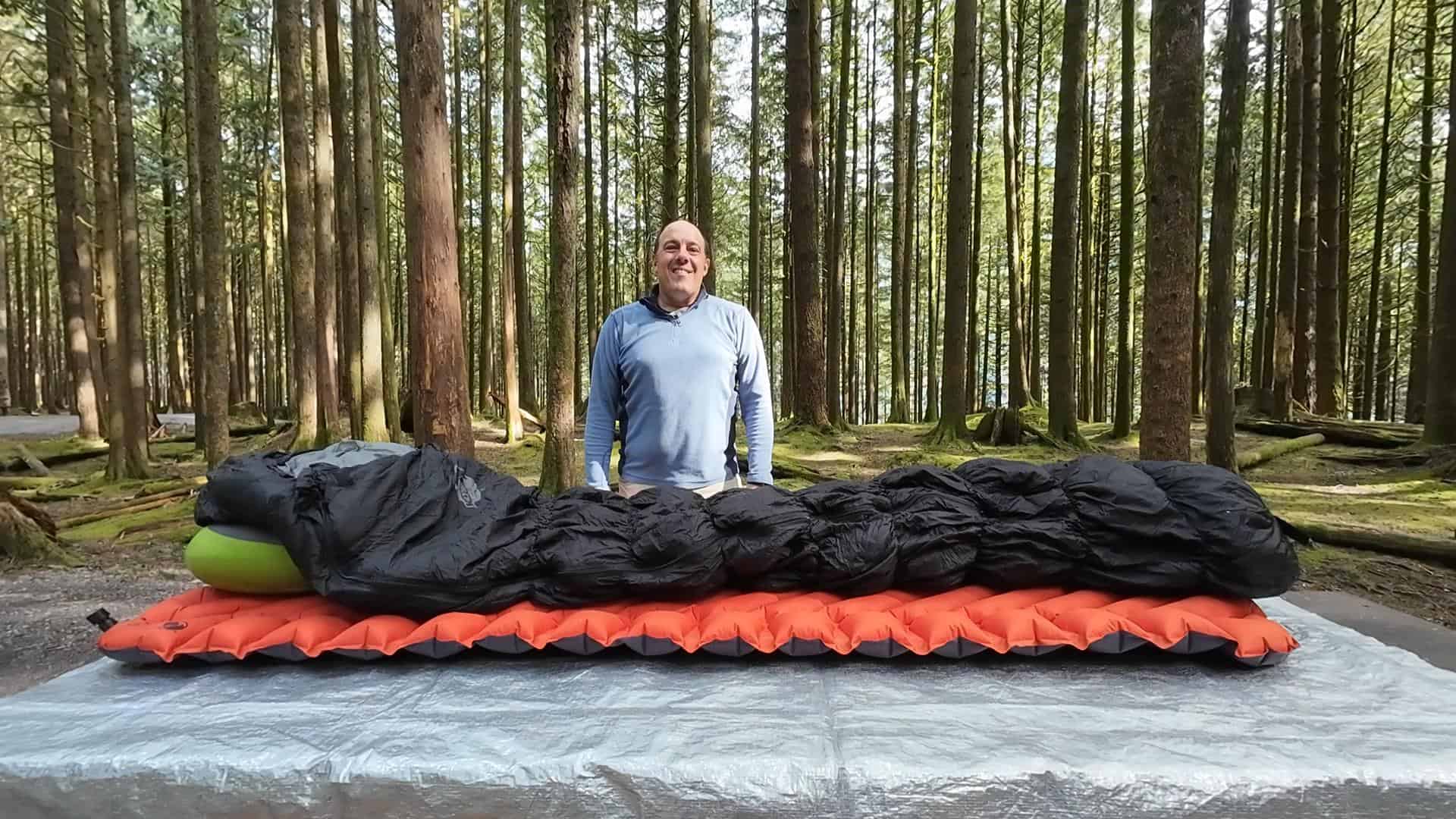If you want to stay warm and comfortable while sleeping at camp (who doesn’t!) you’ll need to build a camping sleep sleep system that is appropriate for the type of camping you’ll be doing and the overnight temperatures expected. The goal of the sleep system is to provide insulating and waterproof layers between you and the ground, while also ensuring that you stay warm and comfortable all night long.
Your Camping Sleep System: Key Components
Your camping sleep system will be comprised of 4 key components:
- Reflective vapor barrier
- Sleeping pad
- Sleeping bag
- Camping pillow (optional)
Reflective Vapor Barrier
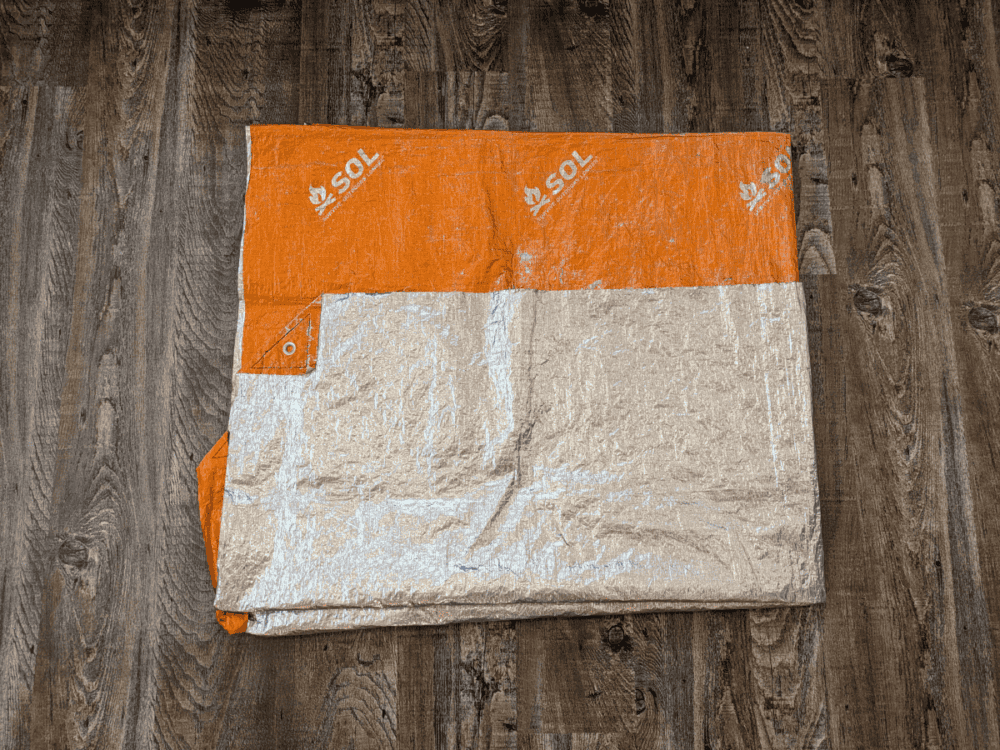
A vapor barrier is any material that resists moisture diffusion across it. When placed inside your tent as a liner, a vapor barrier ensures that you and your gear are separated from any moisture that makes it through your tent floor.
When you choose a vapor barrier that is made of reflective material (like the one I use from SOL), you can also benefit from having lost body heat (infrared radiation) reflected back at you instead of dissipating into the ground.
Sleeping Pad
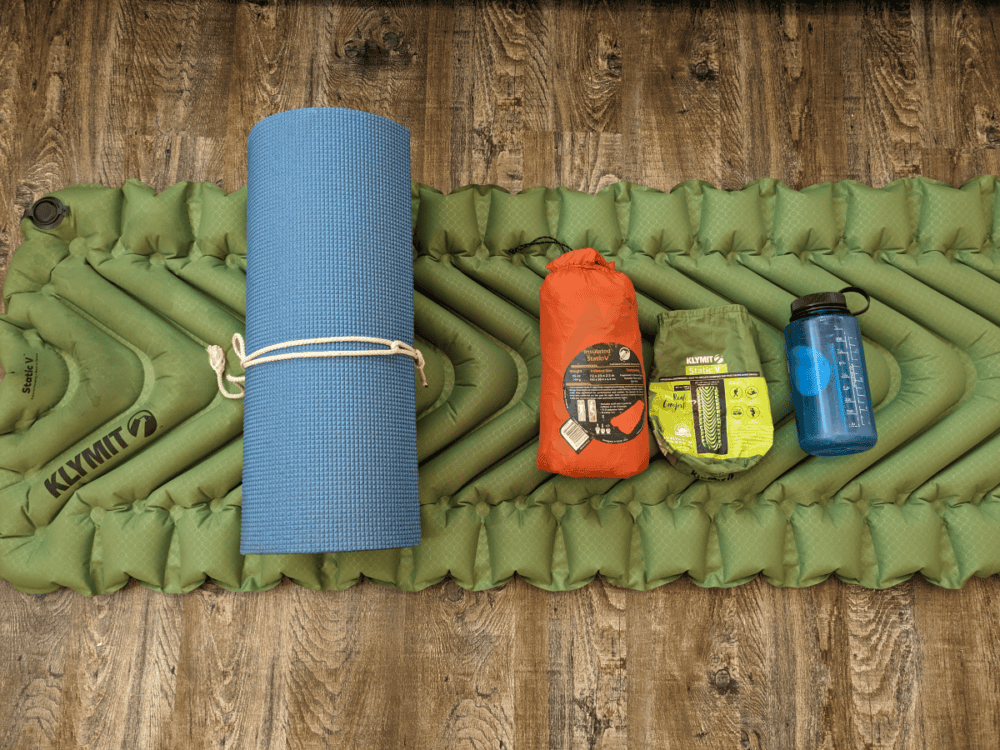
A sleeping pad for camping will serve two main purposes. First, it makes sleeping on the ground more comfortable. Second, it provides a layer of insulation between you and the ground. The insulating value of a sleeping pad is determined by its R value, a measure of how a material resists the convective flow of heat across it. Our post Sleeping Pad R Values Explained provides a lot of information on what to look for when shopping for a sleeping pad.
You’ll want to avoid air mattresses and pool toys that offer no insulation and instead opt for either a closed-cell foam pad or an insulated inflatable camping pad for optimal comfort when sleeping at camp. Sleeping pads can be doubled-up to ‘stack’ their R values, allowing you to customize your insulation to the temperatures expected overnight.
Sleeping bag
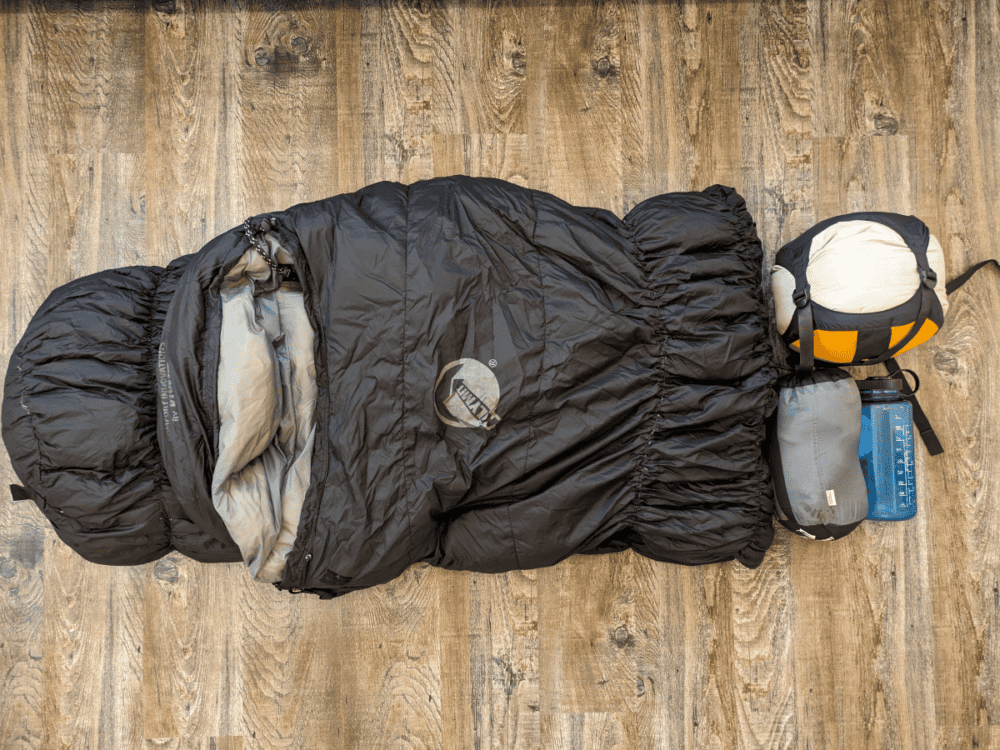
Considered to be the key component of your sleep system, sleeping bags come in many shapes and weights. Our post Sleeping Bag Temperature Ratings Explained offer a primer on sleeping bag selection based on the type of camping you’ll be doing and the night-time temperatures expected.
Regardless of what sleeping bag you use, make sure that it arrives to camp dry by packing it in a waterproof bag. I’ve used the eVent bag from Sea to Summit for many years and my bag has always stayed dry.
Make sure that you give your sleeping bag some time to ‘breathe’ unstuffed once you get to camp. Bags that have been squished into a tiny sack will regain their insulating loft with a bit of fluffing up and some time.
Camp Pillow (Optional)
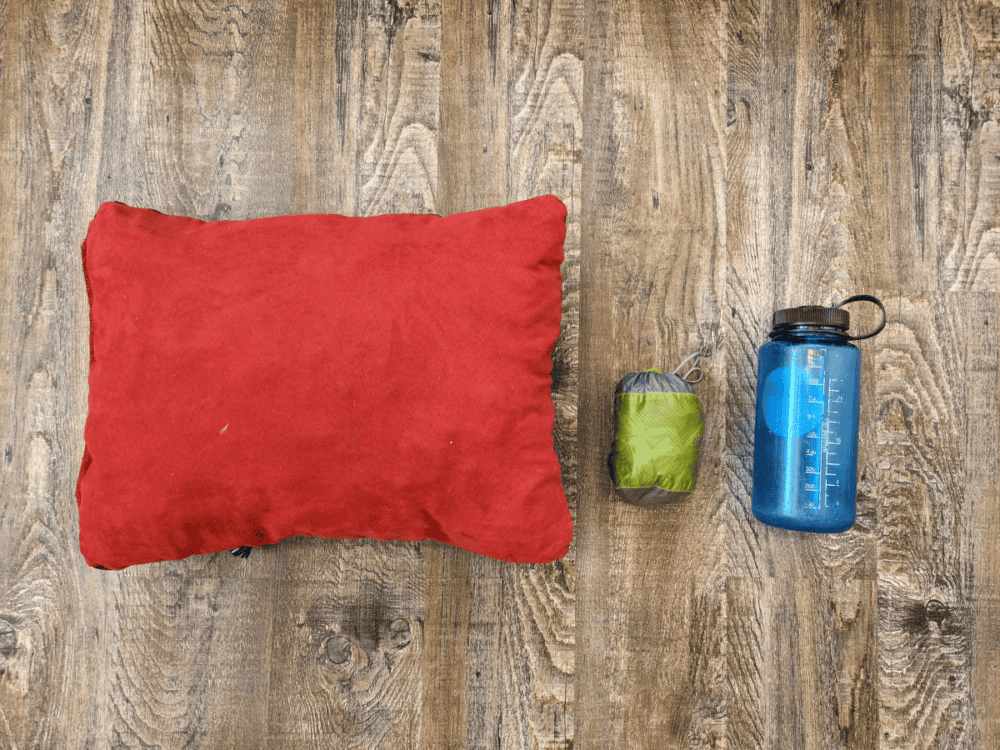
If you are car camping and aren’t concerned about weight or space, feel free to take your favorite pillow with you to camp. If space and weight are at a premium, look for an inflatable camp pillow. In a pinch (or to save even more weight and space) you can stuff clothes into your sleeping bag stuff sack and use this as a pillow.
